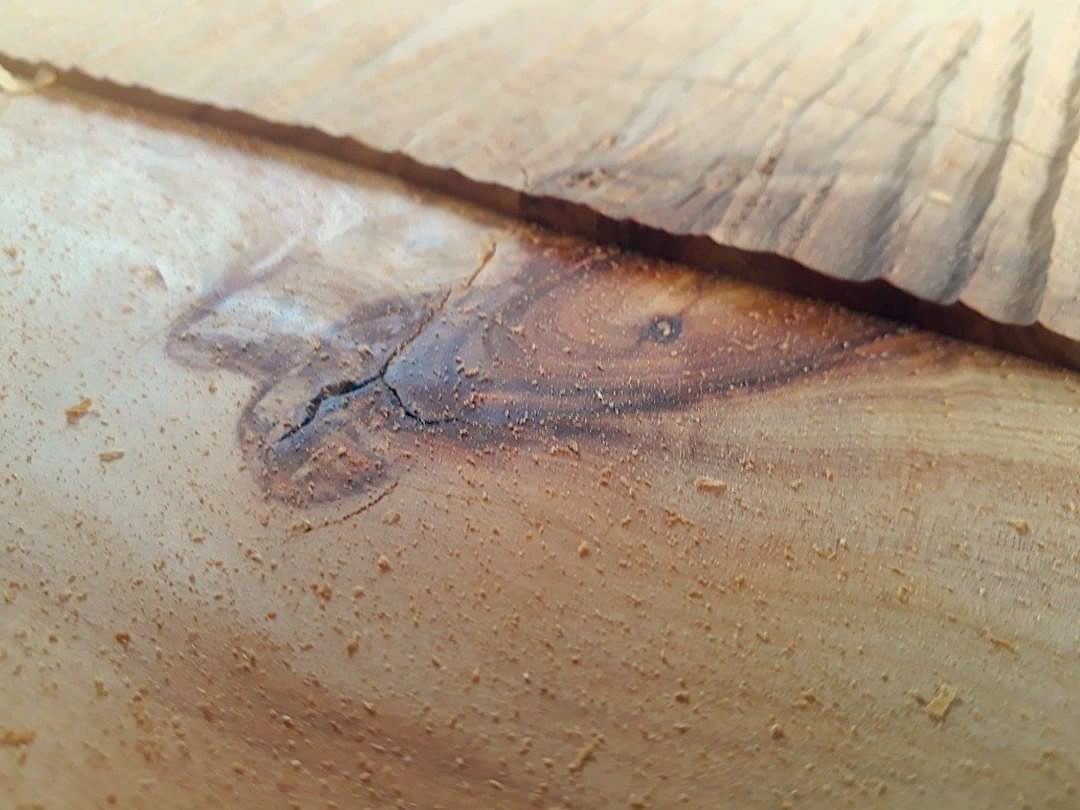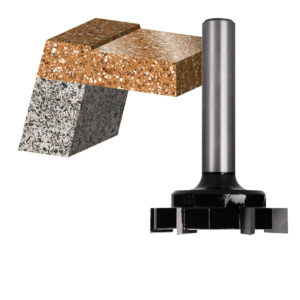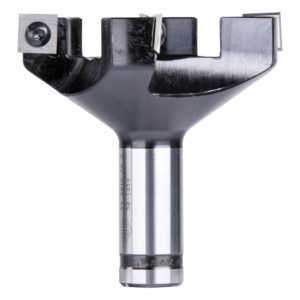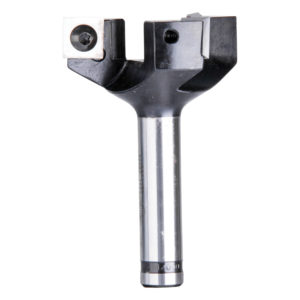Slab Milling Made Easy with the Carbitool Surface Planer
03.05.2021

Slab milling isn’t a straightforward task, regardless of whether you’re working on a DIY project at home, or in a workshop with the latest tech behind you. This guide will give you a new insight on slab milling and choosing the right surface planer.
What is Slab Milling?
In lay terms, slab milling (sometimes known as surface milling) is the process of using a tool to remove material from the surface of a workpiece. The aim of milling is to give a work piece (usually timber, but heavier machinery makes this possible with concrete as well) a smooth, flat face. This is done with what we know as surface planers.
In the case of timber, milling also offers the ability to work the slabs to a uniform thickness. When slab milling timber, prepare in advance for dust, and lots of it.
What are Surface Planers?
Like all router bits, surface planers are the cutting tool accessory for routing machines. They can be used in CNC machines to resurface or re-level the “sacrificial” board or waste board. They can also be utilised in CNC machines for more heavy duty jobs such as fast, heavy stock removal on panel doors.
They are compatible with overhead jigs for slab milling, as mentioned above. Below are three Carbitool options for your next surface planer.

6 Flute Surface Planer – Carbide Tipped
We’re starting with the 6 flute surface planer as it is the most accessible of the three to the DIY-demon. This planer is popular for slab milling as it suits all timbers including MDF, particle board and many composite materials. The 6 flute surface planer is compatible with more makeshift slab mills, so if you’re working on your DIY masterpiece, this may be the one for you.
The 6 flute cutter provides a long service life, with the added benefit of large carbide tips which can be resharpened many times. It boasts a half-inch shank which suits any ½” collet routing machine.

4 Flute Surface Planer
The replaceable insert 4 flute surface planer, like all surface planers and, generally speaking cutters of this size are only suitable for use in securely mounted machines. It never requires sharpening – simply rotate inserts 90-degrees for a fresh, sharp edge. Once all four sides have been used until they are blunt, remove the used insert and replace it with a new one.
This makes the 4 flute ideal if working in remote locations, particularly those where sharpening services may not be available. This surface planer is more suitable for professional jobs, or experienced DIY-ers with access to securely mounted machines.

3 Flute Surface Planer
Like the 4 flute, the 3 flute surface planer is designed for use only in mounted machines, making it better suited to professional woodworkers or those more experienced with DIY work.
Similar to its 4 flute cousin, this surface planer’s inserts are replaceable as each side dulls over time. The negligible cost of replacements makes this one a great option for remote work sites, or those without the means or inclination to re-sharpen the cutting edges of their surface planer.
In Conclusion
Slab milling is an important part of working with timber, especially if attempting a creative DIY project, or ensuring your slabs are uniform when working on a larger scale.
Effective slab milling requires a quality surface planer. Carbitool’s options range from an addition to your DIY toolkit, or a replaceable insert version for an industrial CNC machine.
We hope this guide has given you a better understanding of slab milling and surface planers. Make sure to browse our full range today and enjoy Australia-wide delivery.

